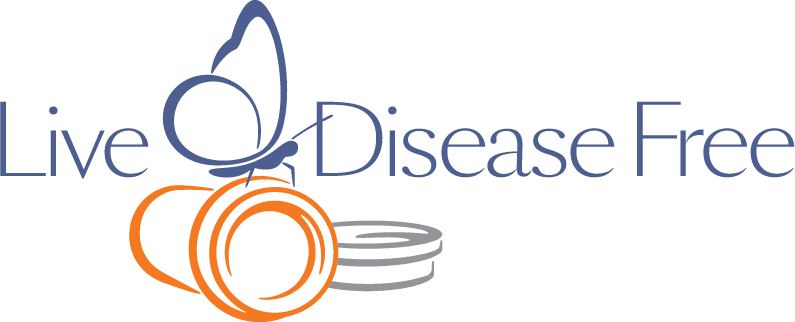Within the last decade, we have seen increasing governmental support for the removal of unhealthy trans fat from our food. Eating this fat is linked to an increased level of low density lipoprotein (LDL) cholesterol (also known as the “bad” cholesterol), a buildup of plaque inside the arteries and therefore an increased risk of coronary heart disease. Partially hydrogenated oils (PHOs) are the major dietary source of manufactured trans fat in processed foods.
In 2006, the Food and Drug Administration began to require that food manufacturers list added trans fat on their Nutrition Facts labels. Then in 2013, the FDA declared that PHOs are not safe for consumption in any human food. While some trans fats occur naturally (in meats and dairy products, for instance) and some are created in low levels during the manufacturing process, the denouncement of this harmful fat by the FDA is certainly a step in the right direction. And it has been wonderful to see many manufacturers willingly trade out their products’ trans fats for healthier alternatives.
The FDA created a three year plan to remove trans fats from the food supply. Until that deadline, however, consumers should be aware that there are still a number of foods that contain PHOs and should therefore be avoided:
- Crackers, cookies, cakes, boxed pancake and waffle mixes, frozen pies, sweet rolls and other baked goods
- Refrigerated dough products (such as biscuits and cinnamon rolls)
- Snack foods (such as some microwave popcorn), some cookie snacks
- Frozen fried foods
- Stick margarines
- Coffee creamers
- Ready-to-use frostings, “frozen dairy desserts” that try to pass as icecream
Lets be honest though, these foods do not support optimal health anyway, so they should already be on your list of foods to avoid.
What is most concerning, though, is that while food manufacturers are required to list the amount of added trans fat on Nutritional Facts labels, they do not have to report amounts less than zero grams per serving. So, if a label says “zero” grams of trans fat, the product could actually still contain, for instance, 0.8 grams of trans fat per serving. If you eat enough products that contain traces of trans fats, they can still add up over time to be a threat to your health.
It is so important, then, to always check the list of ingredients for PHOs. If a product label says zero trans fat but has PHO listed as an ingredient, it will still contain some trans fat.
Ultimately, though, the easiest ways to avoid added trans fats are to avoid processed foods as much as possible and cook whatever you can from scratch so that you can control the ingredients that end up in your food. Food items that come pre-made in a box always carry the risk of containing added trans fat, not to mention other unhealthy additives, sugars and processed carbohydrates.
Remember, natural, whole foods are always best!
Sources:
“FDA Cuts Trans Fat in Processed Foods,” Consumer Updates, U.S. Food and Drug Administration, updated June 16, 2015.

Clinically diagnosed with multiple sclerosis at the age of 28, Pam chose an alternative approach to recovery. Now decades later and still symptom free, she coaches others on how to treat the root cause of chronic disease, using a holistic approach. She can teach you how, too.
Pam is the author of Become a Wellness Champion and founder of Live Disease Free. She is a wellness expert, coach and speaker.
The Live Disease Free Academy has helped hundreds of Wellness Champions in over 15 countries take charge of their health and experience profound improvements in their life.

